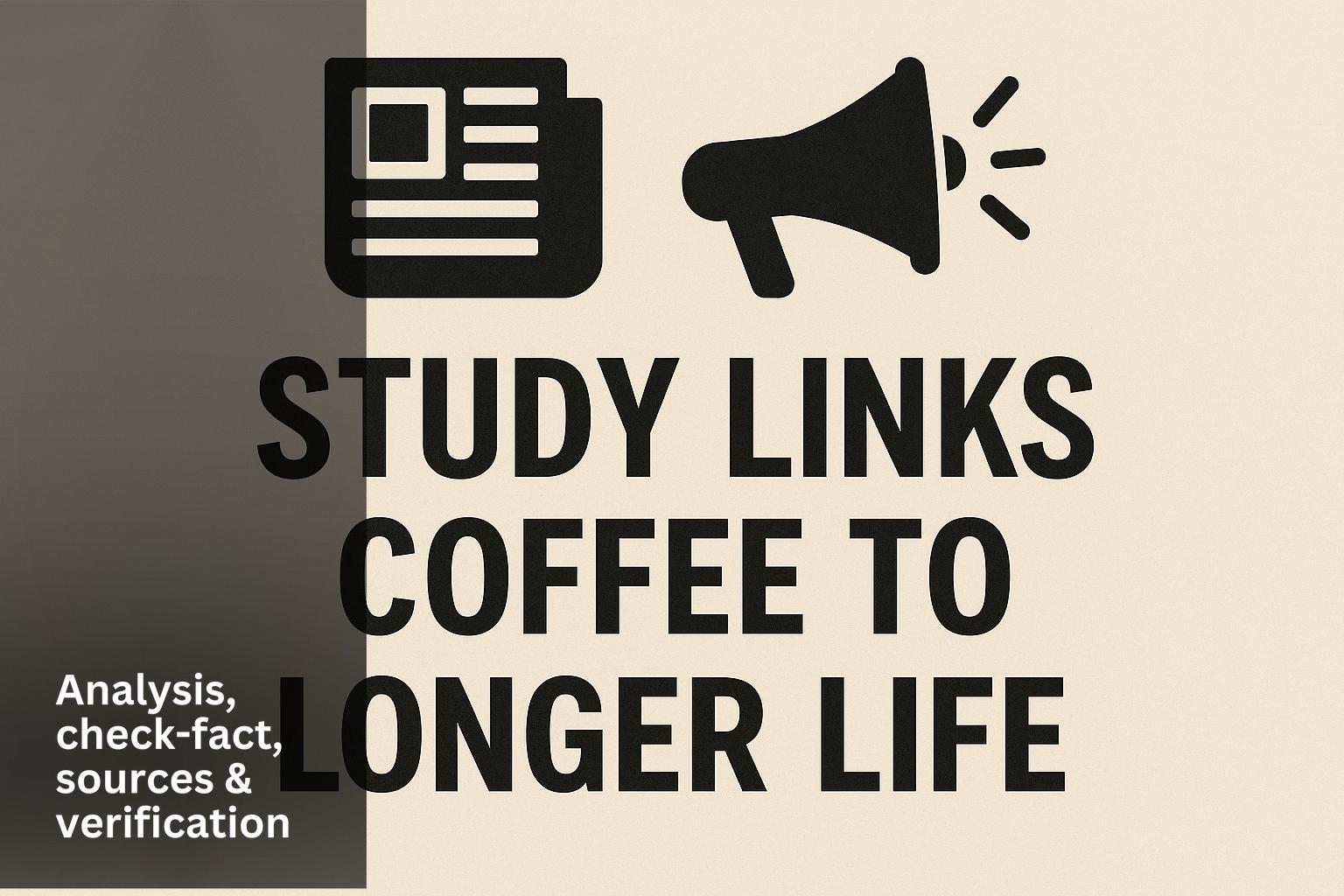Shoppers and commuters are bracing as London prepares for a sharp temperature drop and the first real taste of snow this season. Our guide pinpoints where wintry showers are most likely to hit, explains what to expect, and offers simple tips to keep you and your journey safe during the cold snap.
- Cold warning in force: UKHSA and Met Office warnings mean sub-zero nights and daytime chills, with localised frost and icy surfaces.
- Where snow’s likeliest: North-facing coastal spots and higher ground are first in line; some low-lying north and east areas could see 2–5cm.
- Road risk: RAC expects breakdowns to rise about 10% as wet surfaces freeze and fallen leaves make roads slippery.
- Practical prep: Wrap up, allow extra journey time, and check live forecasts and travel updates before heading out.
- Indoor comfort: Heating checks, draft-proofing and a small emergency kit will make cold snaps less stressful.
Why London could finally get a dusting this week
London has enjoyed a milder run, but a big change in wind direction is ushering in Arctic air, so the mild spell looks set to end. That shift brings colder northerly winds, and with high pressure building, daytime temperatures will be well below average and nights will feel especially sharp. You’ll notice the chill in the air, and places with little sun will be most likely to keep a frost or a light dusting of snow on surfaces.
The Met Office flags Wednesday to Friday as the coldest stretch, with a strong wind making it feel even colder. Deputy chief forecaster Tom Crabtree warned of sub-zero overnight temperatures, and snow showers tracking south through the week. In short, it’s not just a nippy breeze , it’s the first proper cold snap of the season.
Which parts of London are most at risk and why
Wintry showers tend to move southwards from northern Britain, hitting exposed and north-facing spots first. In London that means higher ground and suburbs on the northern and eastern fringes are more likely to see sleet or light snow than central zones. Coastal and exposed areas further afield , especially north-facing coasts , are highlighted for heavier doses.
Even where snow doesn’t stick, surface ice and widespread frost will make pavements and quieter roads treacherous. That subtle sheen on the road in the morning can be the dangerous part, so don’t be fooled by a sunny spell elsewhere , the microclimate under a tree or in a shaded lane could be very different.
What the cold warning means for your commute and travel plans
The RAC predicts about 10% more breakdowns than usual as drivers face freezing surfaces and sudden ice patches, so expect queues and delays around rush hour if showers fall overnight. Wet leaves on the road become an extra slipping hazard when temperatures tumble, making braking distances longer and grip more uncertain.
If you drive, pack a simple winter kit, check tyre pressure and tread, and give extra room for braking. If you travel by public transport, keep an eye on live service updates; icy points on tracks and frost-related faults can cause cancellations and slow running. And plan a little extra time , it’s much less stressful to arrive early than to rush on icy steps.
How to prepare your home and family for the cold snap
At home, make sure heating systems are working and bleed radiators if noisy cold spots appear. Draught-proofing windows and doors is a quick, inexpensive way to keep heat in and bills down, and keeping a thermos of hot water or a warm blanket by the sofa is a small comfort that makes a difference on chilly evenings.
For health, the UK Health Security Agency’s cold alert is a reminder to look out for the elderly and vulnerable, who feel low temperatures more acutely. Wear layers, keep feet warm and dry, and ensure anyone shielding at home can access food and medication without exposure to the worst of the weather.
When snow won’t be the worst problem , and simple safety tips
Sometimes the most hazardous element isn’t the snow itself but the aftermath: black ice and compacted slush. Even light snow can conceal dangerous patches of ice below, and pavements can become uneven and slippery. That’s why sensible footwear, slow steps and a handrail where available are worth more than a brisk walk.
Practical tips include leaving a clearing for drains to reduce refreeze puddles, testing a short route to work before you need to rely on it, and keeping a charged phone and basic roadside kit in the car. If you’re walking the dog, shorter, daylight walks are safer and warmer , your pet’s paws will thank you too.
Ready to make cold weather less of a surprise? Check the Met Office and local travel updates before you head out, wrap up, and factor in more time for journeys this week.
